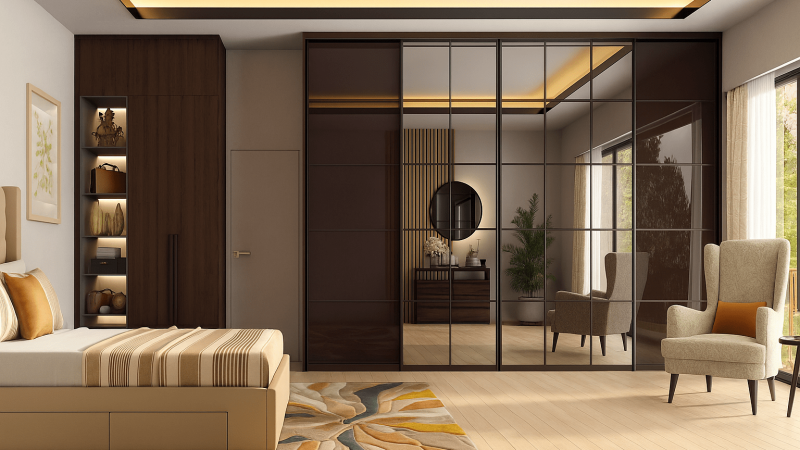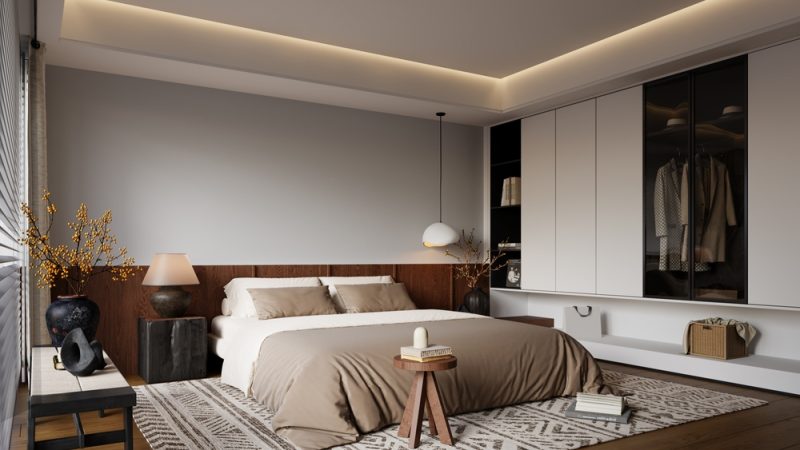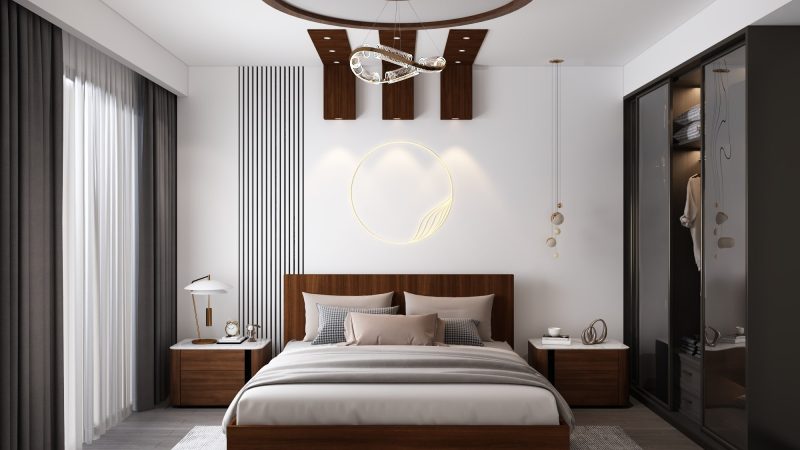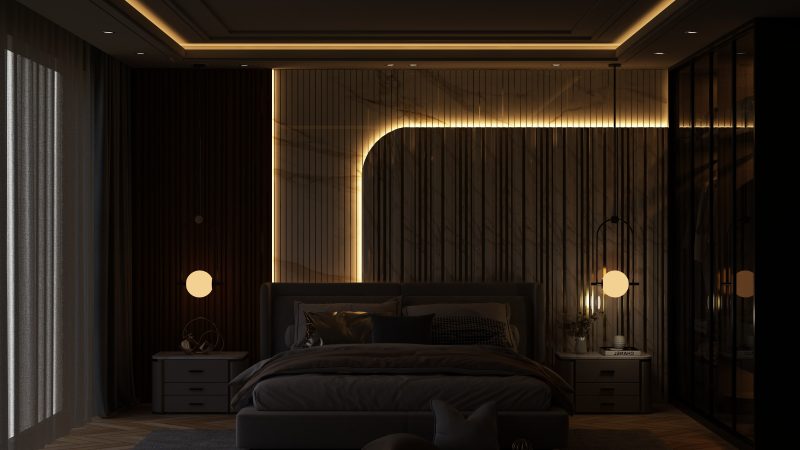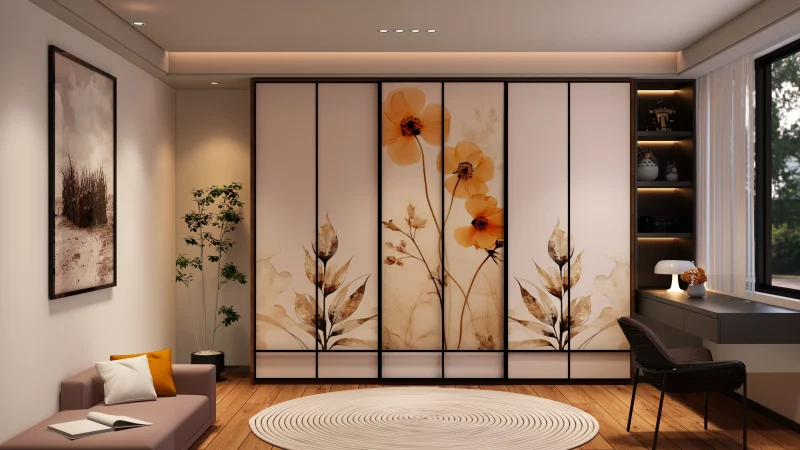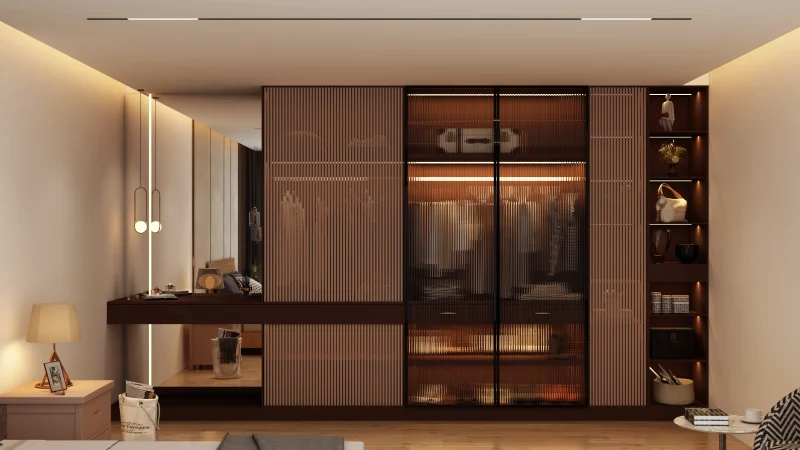Minimalist Bed Design Ideas for a Clean and Elegant Look
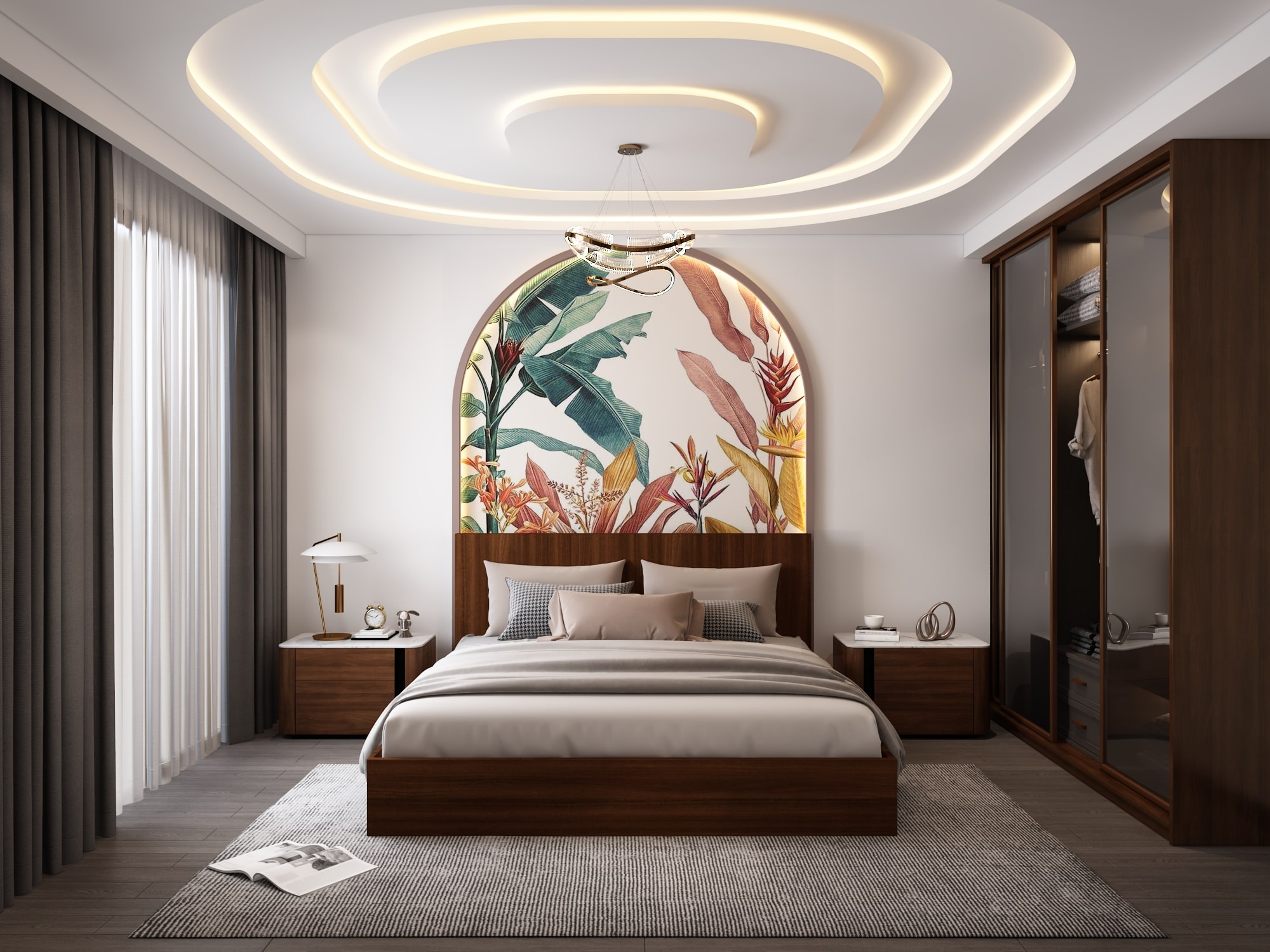
Minimalism has become one of the most popular design choices in bedrooms today. A minimalist bed design helps create a calm, clutter-free environment where every element has a purpose. Instead of bulky frames or overly decorative styles, these beds use clean lines, natural materials, and soft tones to bring balance and elegance into your home.
In this article, we’ll answer common questions about minimalist beds and how to style them. Along the way, you’ll also discover practical modern bed design ideas, storage bed design options, and tips for small bedroom bed layouts that combine beauty with functionality.
What is a minimalist bed design?
A minimalist bed design is built around simplicity. The focus is on clean forms, purposeful features, and timeless elegance rather than unnecessary decoration. These beds are usually low-profile, often with straight lines or gentle curves, and are made from durable materials like solid wood or matte-finished metal.
Unlike heavy traditional designs, a simple classic bed design makes the bedroom feel larger, more peaceful, and easier to maintain.
Why should you choose a minimalist bed?
Minimalist beds bring both practical and aesthetic benefits to a bedroom:
-
Creates calmness: The uncluttered design supports restful sleep.
-
Timeless appeal: Unlike trendy furniture, minimalist beds never go out of style.
-
Saves space: Especially in small bedroom designs, they reduce bulk and keep the layout airy.
-
Functional features: Options like storage bed designs help organize belongings while keeping the room neat.
A minimalist bed is perfect if you want your room to look elegant yet practical.
What are the most popular minimalist bed styles?
Several modern bed design styles fit well with minimalism. Some of the most popular are:
-
Platform beds: Low, sleek, and box-spring free, these are the essence of minimalism.
-
Floating beds: Designed with recessed supports, they appear to hover, making the room feel bigger.
-
Storage beds: Feature built-in drawers or hydraulic lifts that hide clutter out of sight.
-
Wooden beds with simple lines: Frames in oak, walnut, or teak bring warmth without heaviness.
Each of these offers both style and function, proving that minimalism doesn’t mean giving up practicality.
Which materials are best for minimalist beds?
Materials play a big role in elegant bed design. The most popular minimalist choices are:
-
Wood: Oak and walnut provide warmth, while teak adds durability. A wooden bed design looks timeless and pairs well with neutral tones.
-
Metal: Matte black or white frames work well for an industrial yet minimalist look.
-
Upholstery: Linen or cotton fabric in beige, grey, or off-white offers softness while keeping the design clean.
The goal is honesty in materials—natural finishes and matte textures that age gracefully.
What colors work best for minimalist bed designs?
Neutral colors define minimalism. Some of the most effective palettes for modern bed designs include:
-
White and off-white for brightness.
-
Grey tones for a contemporary look.
-
Natural wood tones for warmth.
-
Black accents for subtle contrast.
Using one or two colors consistently across your bed, bedding, and furniture helps achieve a clean, cohesive style.
Do minimalist beds work well in small bedrooms?
Absolutely. In fact, small bedroom bed ideas often revolve around minimalist principles. A simple platform bed or floating frame makes the room feel larger. Adding hidden storage keeps essentials tucked away, reducing clutter.
Choosing lighter shades such as white or beige also helps maximize the sense of space. This combination makes a small bedroom design both stylish and functional.
How can you style a minimalist bed?
Minimalist styling is about intention. Here’s how to keep it simple yet elegant:
-
Stick to solid bedding in neutral shades.
-
Limit pillows to essentials: two sleeping pillows and one accent cushion.
-
Use a single throw blanket for texture.
-
Choose bedside lamps with clean lines or wall-mounted sconces to free up space.
-
Add one piece of wall art or a plant for subtle personality.
The rule of thumb: less is more. Every item should serve a purpose.
How do you maintain a minimalist bed design?
Maintaining the clean and elegant look of a minimalist bed design requires regular care:
-
Declutter surfaces weekly—avoid stacking unnecessary items on nightstands.
-
Wash and rotate bedding to keep it crisp.
-
Dust wood or metal frames to maintain their finish.
-
Follow a “one in, one out” rule—if you add new accessories, remove older ones.
Consistency ensures that your room remains peaceful and organized over time.
FAQs on Minimalist Bed Design
Can minimalist beds still be comfortable?
Yes. Comfort depends on your mattress and bedding, not the complexity of the frame. A minimalist bed can be just as cozy as any traditional design.
Are minimalist beds expensive?
Not necessarily. A simple wooden bed design or platform bed can be budget-friendly. Luxury finishes or custom storage designs may increase the price.
Do minimalist beds go out of style?
No. Their simplicity makes them timeless, adaptable to any trend or décor change.
What accessories should I add to a minimalist bed?
Stick to the basics: neutral bedding, a soft throw, and one or two cushions. Too many accessories spoil the minimalist effect.
Can minimalism and storage go together?
Yes. Many storage bed designs combine hidden compartments with a sleek exterior, keeping your room clutter-free.

